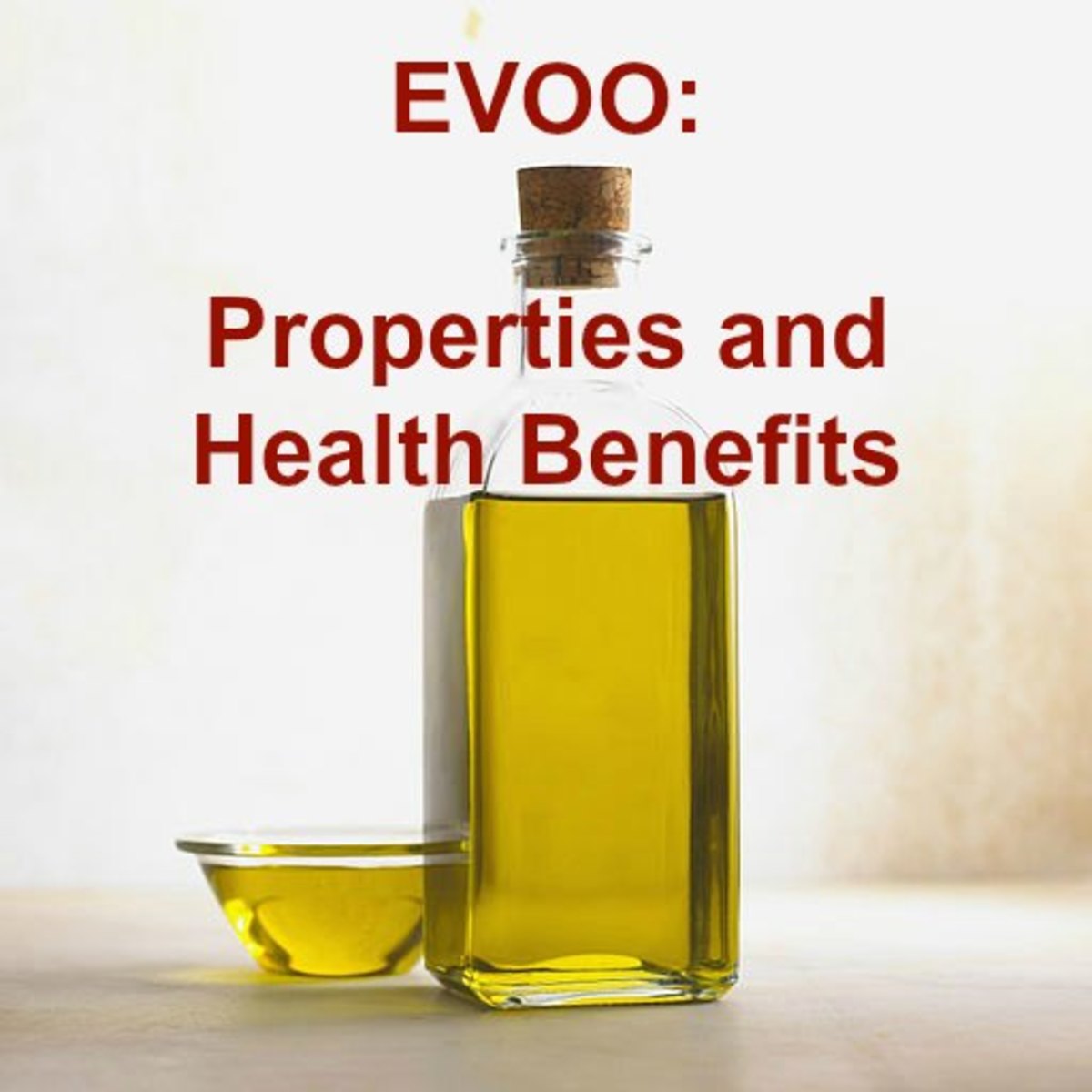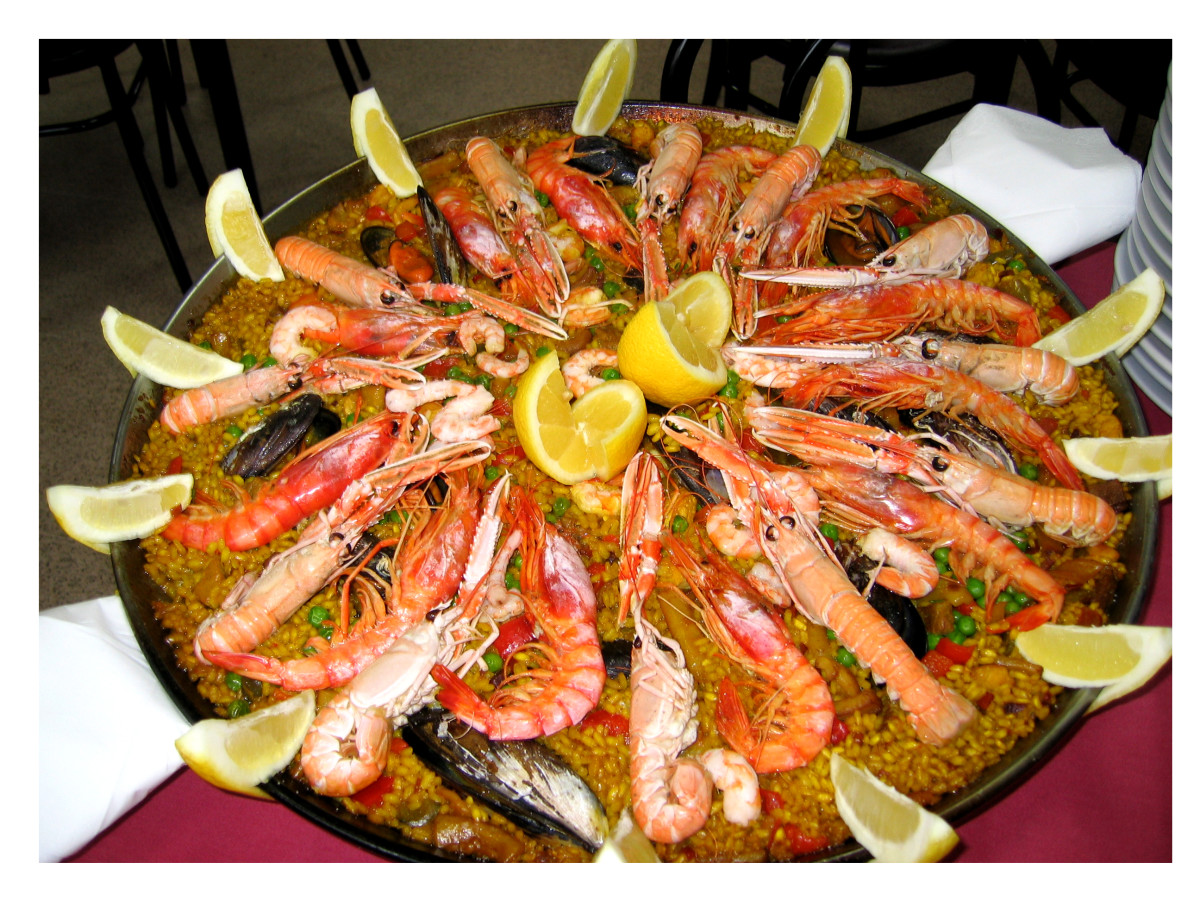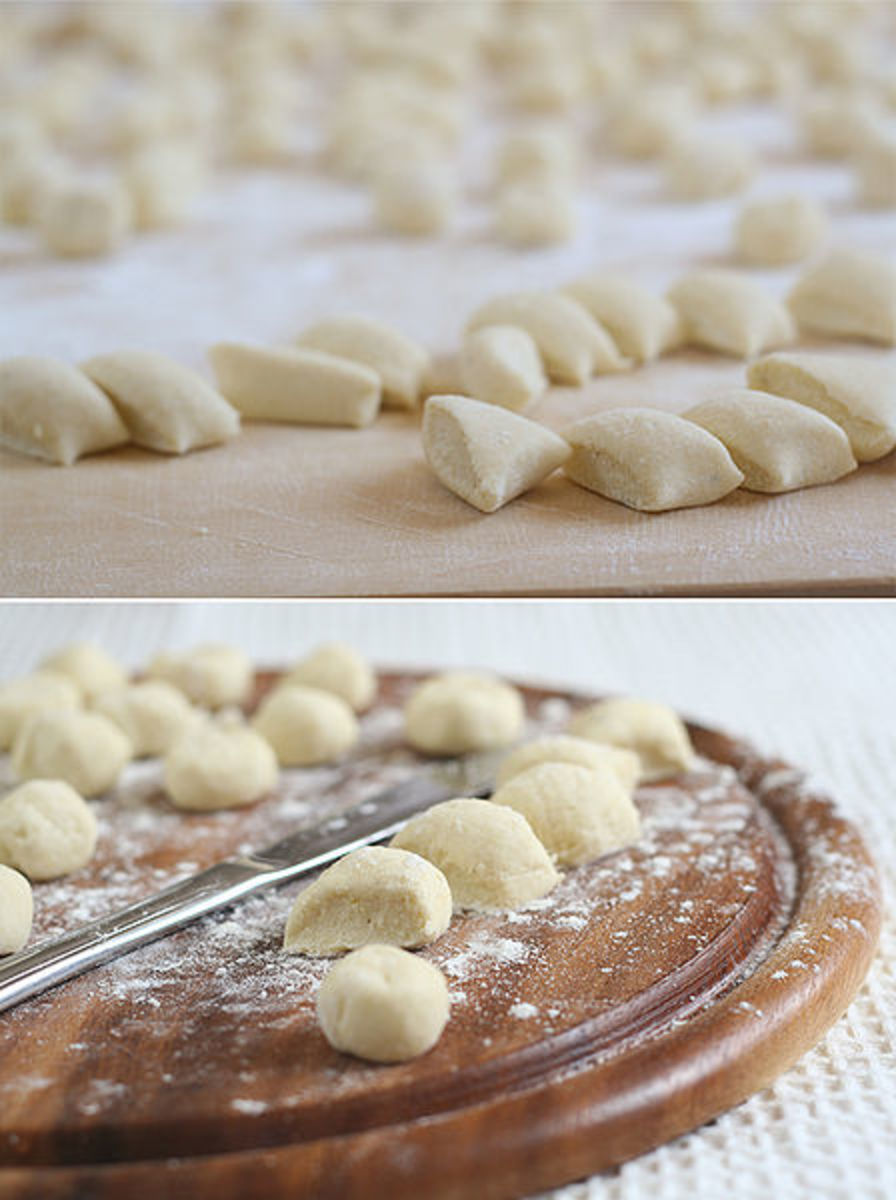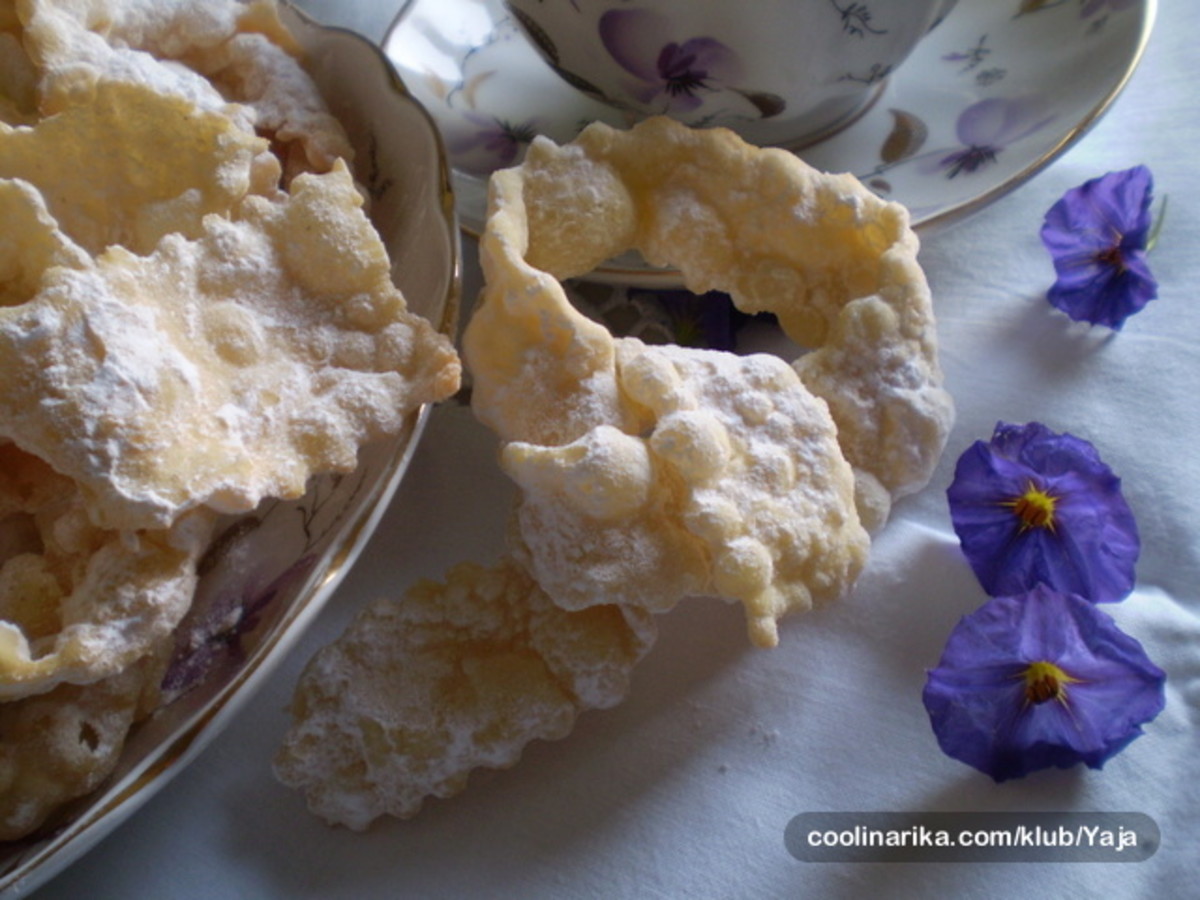- HubPages»
- Food and Cooking»
- World Cuisines»
- Southern European Cuisine
The Cretan Diet
Olives galore!
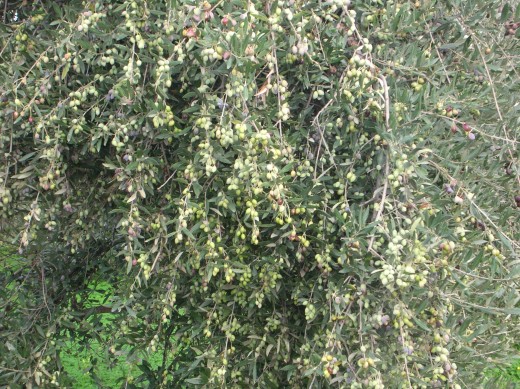
Crete, Cretan Diet & the People
The Greek island of Crete lies in the Mediterranean, 200 miles south of Athens and 160 miles North of Libya. It is the largest of the Greek islands with a land size of 3216 square miles.
The Cretan diet forms the basis of the Mediterranean Diet and is said to be one of the healthiest in the world.
Based on The Seven Countries Study which took place during 1958 to 1970, it was discovered that the control group of 700 rural Cretan men had exceptionally low death rates from heart disease, despite moderate to high intake of fat, and lived to a ripe old age.
The type of fat was olive oil and the beneficial health effects are due to the oil’s high content of monounsaturated fatty acids and antioxidants.
The Cretan people were mainly land owners, farmers, and rural agricultural workers. Traditionally living off the land, gathering wild herbs and fruits, growing their own vegetables and raising animals for meat – particularly chickens, lambs and goats.
Food was always fresh, never processed, and mostly home produced. Meat was rarely eaten, perhaps once a week at most, and was mainly reserved for special occasions.
Note: One aspect of the original study which spawned the Cretan Diet phenomenon which is rarely mentioned is the importance that physical exercise probably played in the original study group. These were active men engaged in hard labour; farmers toiling their land.
The Main Components of the Cretan Diet
The following foods form the basis of the healthy Cretan Diet and were eaten in abundance;
Olive Oil
Extra virgin olive oil is used in just about every Cretan dish. Soups, stews and vegetables are cooked with plenty of olive oil and salads are very generously dressed with oil.
Mountain Herbs and Greens
On the Cretan hillside grow abundant wild herbs such as thyme, oregano, sage and rosemary. Many wild mountain greens also grow in Crete .. known as ‘horta’. There are various types of horta such as ‘vlita’ and ‘stamnagathi’. The greens are boiled and then served smothered with olive oil and lemon. These mountain greens form an integral part of the Cretan diet, and are still widely eaten throughout the island today.
Vegetable Dishes
The following locally grown vegetables are used often, usually boiled in a tomato and olive oil sauce with added herbs. Each dish is a meal on its own, served with freshly baked bread and salad.
Green beans / runner beans, courgettes/zuccinni, aubergines, artichokes
Other vegetable dishes include 'briam' (courgette, myzithra cheese and potato pie), 'yemista' (whole tomatoes and green peppers stuffed with rice and herbs, oven baked, and 'dolmades' (vine leaves stuffed with rice and herbs, oven baked).
Beans and Pulses
Bean soup, Lentil soup , Chickpea stew
Fish
Grilled fish, sardines, fish soup
Cretan Salad
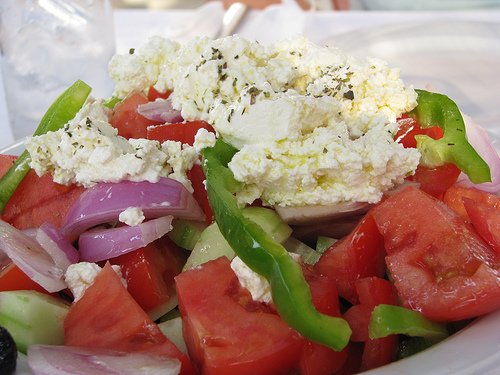
Bean Soup - Cretan Diet Recipe
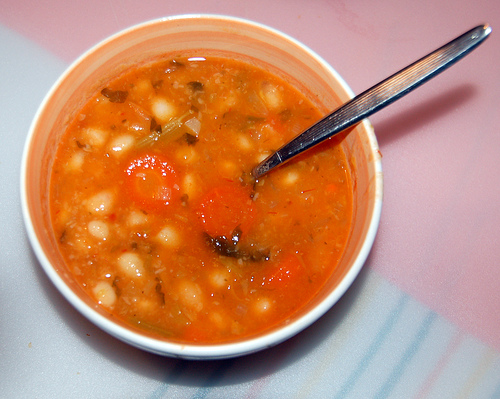
Bean Soup Recipe
8oz white harricot beans
3 carrots - peeled and chopped
1 large onion - chopped
1 stick of celery - chopped
1 tbsp parsley - chopped
1 tbsp oregano
1 cup of olive oil
1 tbsp tomato puree / paste
salt and pepper 1 tbsp vinegar
Place the beans in a pan and pour over boiling water to cover. Leave to soak overnight or for 8 hours.
After soaking, drain the beans and add fresh water to cover. Bring to the boil and then simmer gently for 40 minutes. Then add the carrots, celery, parsley and oregano to the beans. Fry the onion in a little olive oil and add this to the beans. Simmer for a further 20 minutes or until the carrots and beans are cooked (tender). Finally add the olive oil, tomato puree, vinegar plus salt and pepper to taste. Simmer for a further 10 minutes.
Serve hot with fresh bread and feta cheese.
Note: Don't scrimp on the olive oil in this recipe, it really is important for the flavour.
Salads
There are two popular salads – one a winter and one a summer salad, using the in-season vegetables.
Summer Salad or Greek Salad – tomato, cucumber, green pepper, onions, olives, dressed with olive oil and vinegar. Often topped with feta cheese or the local creamy myzithra cheese.
Winter Salad – chopped lettuce, shredded cabbage, grated carrot and spring onion, dressed with olive oil and vinegar.
Fruit
Again whatever is growing locally, in season
Oranges, apples, pears and figs in winter.
Melon, watermelon and grapes are summer favourites, all grown on the island.
Nuts
Almonds, walnuts, hazelnuts and chestnuts all grow in Crete.
Yoghurt
Fresh yoghurt made from sheep, goat or cow's milk.
Honey
Thyme, flower and pine honey are all produced on Crete.
Other Foods
Other foods, which were eaten in moderation in the original Cretan diet:
Chicken
Eggs
Lamb
Goat
Snails ( very high in calcium)
Goats milk
Home made cheeses
Wine
A moderate glass or two of home made, village, red wine was usually consumed daily.
The Cretan Diet and Crete Today
All of the above foods are still comsumed in Crete today, with olive oil, vegetable dishes and salads still playing a large part in the diets of Cretans. However there is now also a larger prevelence of fast foods such as pizza, hamburgers and gyros souvlaki (a Greek snack of pitta bread, meat, chips, tomato & yoghurt), as well as processed and ready foods available in supermarkets. Added to this the Cretans now consume greater amounts of fatty meats and fried foods.
In today's modern Crete, with the majority of young women with families working to help support them, there is little time for the old traditions of growing and harvesting fresh foods or for the daily preparation and cooking of these foods every mealtime.
Fresh Oranges - take your pick!

More about Olive Oil
- The first pressing of the oil produces extra virgin olive oil, the most pure.
- Extra virgin olive oil from Crete is green in colour, rather than yellow.
- A tablespoon of olive oil contains 120 calories, 14 grams of fat, and no cholesterol.
- Olive oil is at its peak within a year of production. Newly pressed olive oil tastes bitter and takes 2 to 6 months to 'mature'.
- Greece is the world's largest producer of extra virgin olive oil
- Greece consumes the most olive oil per capita in the world, and the Cretans consume the most in Greece!
The Making of Cretan Village Wine and Raki
Dark wine grapes are pressed to make traditional Cretan Village red wine.
In late August and September the grape harvest starts in earnest, as does the traditional pressing of the grapes. Many villagers produce their own home made wine by filling stone troughs with the grapes and treading them barefoot to extract the juice.
The must and grape skins are then used to make the local firewater, Raki, also known locally as tsikoudia. The grape skins are boiled and distilled in the 'kazani' or boiler to produce this strong alcoholic drink.
Cretan Specialities & Delicacies
Kalitsounia - small cheese pies, usually served hot and drizzled with honey.
Kochlous - Snails cooked with onions and home made tomato sauce or fried and simmered in vinegar and rosemary.
Rabbit stifado - Rabbit cooked with onions and tomatoes.
Staka - hot cooked soft goats cheese.
Dakos - Rusk bread coated with olive oil, grated fresh tomato and creamy mizythra cheese.
Cretan Diet Links
- The Cretan Diet Miracle
Statistics of the Seven Countries Study - Greek recipes, Crete recipes
Crete recipes and traditional Greek recipes.




